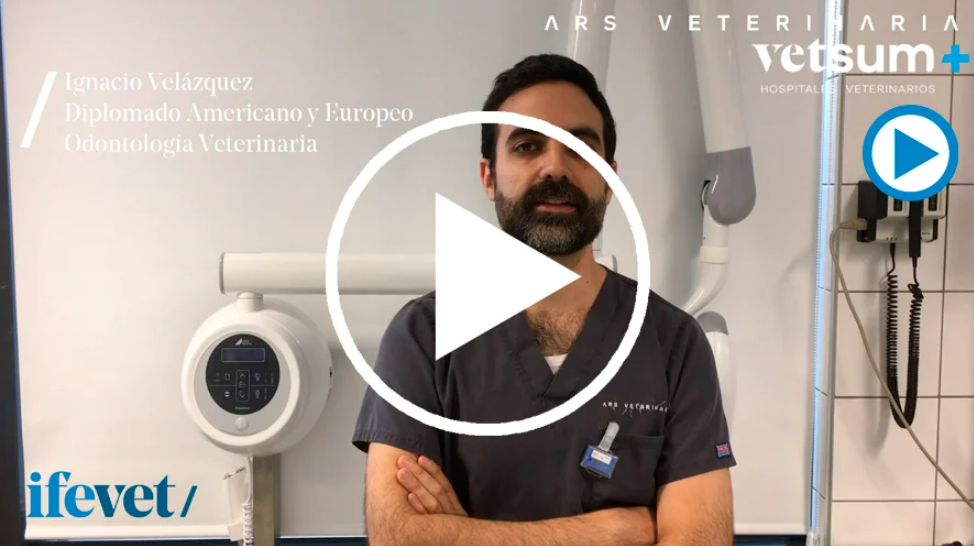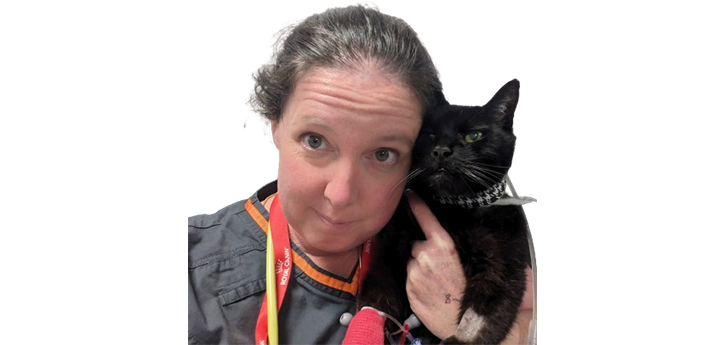Any surgical procedure in the mouth of our patients is painful. It is our duty as veterinarians to use all the resources that modern medicine provides to avoid pain and suffering.
Anaesthetic blocks are regional anaesthetic techniques that prevent the propagation of the afferent nociceptive stimulus from the peripheral nerves to the central nervous system, thus blocking the sensation of pain.
It is necessary to bear in mind that the animal does not need to be conscious for this sensation to occur. In other words, general anaesthesia of a patient does not exempt the clinician from applying analgesic techniques.
The maxillary nerve is one of the branches of the trigeminal nerve (V) which includes afferent; therefore, sensitive fibres. It innervates the ipsilateral maxillary region.
The maxillary nerve emerges through the round foramen and runs along the base of the orbit next to the wall of the pterygopalatine fossa. Rostrally it enters the infraorbital canal through the maxillary foramen. It is in this canal that it gives off branches to the premolar and molar teeth in the area, as well as to the canine tooth and the ipsilateral incisor teeth via the incisor-canine canal. Blocking this nerve prevents the propagation of the nociceptive signal from the ipsilateral maxillary region, i.e. it allows us to perform painless surgical procedures in this region.
The technique is based on the inoculation of the local anaesthetic drug into the pterygopalatine fossa. The pterygopalatine fossa itself is used as a reference point. This is identified by palpation as the oral mucosa can be depressed just caudal to the maxillary second molar tooth.
The needle should be inserted a few millimetres into the fossa and should always be aspirated before inoculating the anaesthetic drug to avoid intravascular administration of the anaesthetic drug. After administration, the specific time period for the local anaesthetic drug used must be observed before any nociceptive stimulus is produced.







